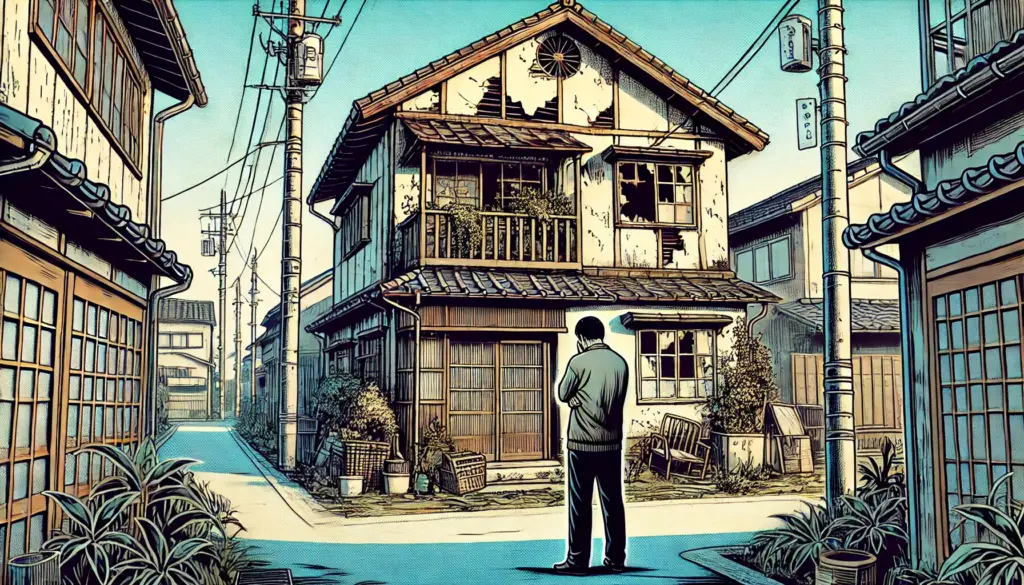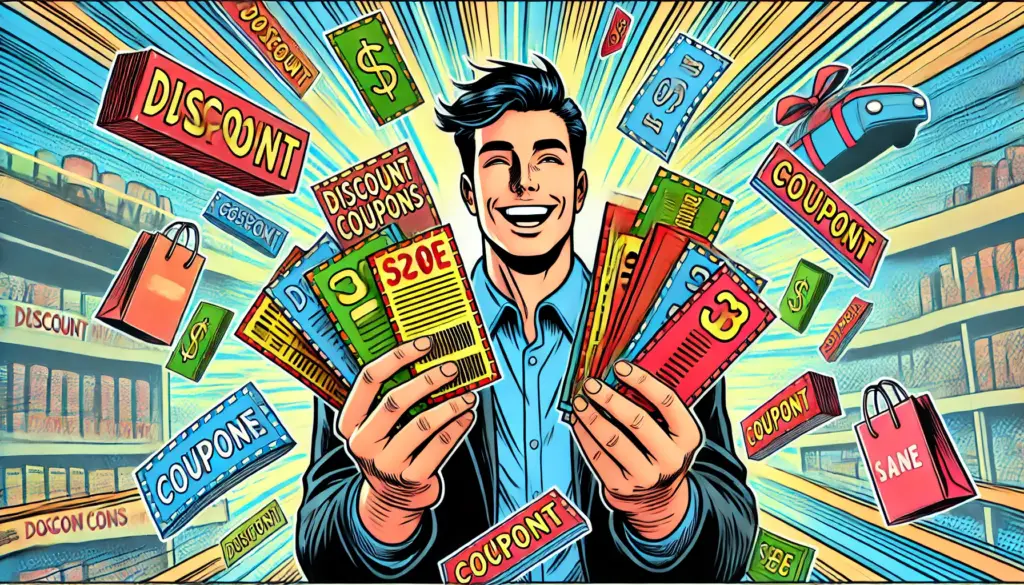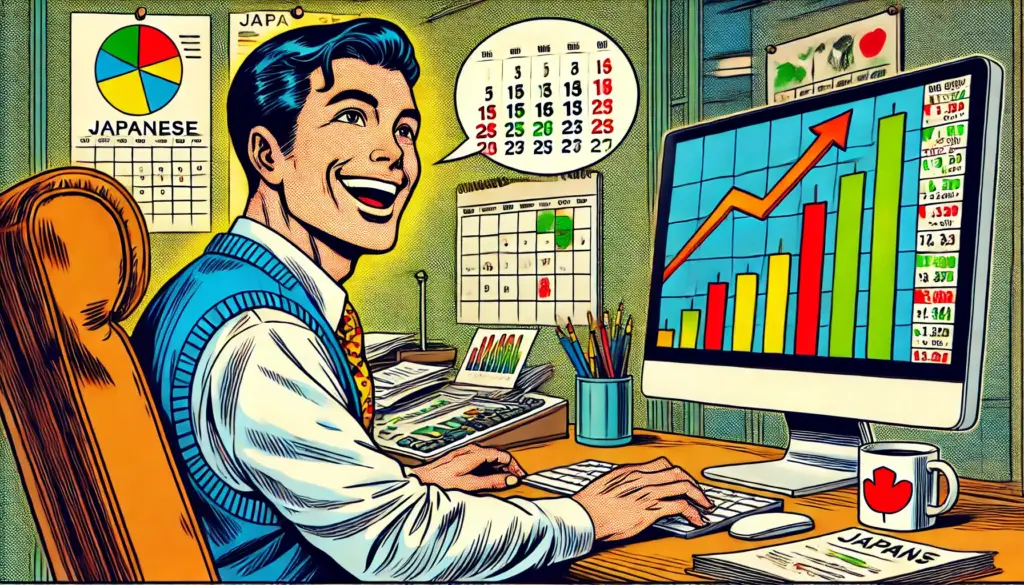
🏠 This isn’t just a bargain — it could be a trap.
Japan’s real estate market has seen a strange phenomenon in recent years: houses being sold for zero yen. These so-called akiya (空き家: vacant homes) are often listed on special property sites or offered by local governments trying to repopulate shrinking towns. The idea of getting a house — for free — sounds too good to pass up. But is it really?
In this article, we’ll break down:
- Why these free homes are increasing
- What risks lie behind the “zero yen” offer
- What to check before accepting one
- Strategies to make sure your new home doesn’t become a financial black hole
🧩 Why Are “Zero Yen” Houses Increasing?
Japan has long battled with rural depopulation and an aging population. But the situation has reached critical levels:
- Over 13% of all homes in Japan are vacant as of the latest surveys.
- Many were inherited by people who no longer want them.
- In some cases, owners refuse to claim inherited property due to taxes or repair costs.
- Municipalities are left with deteriorating buildings and safety concerns.
Local governments and private owners often have no incentive to keep the property, but want to avoid demolition costs. The result? Giving it away — sometimes literally.
🧓 A Generational Issue: Inheritance Without Succession
One of the most common causes behind zero-yen houses is “unwanted inheritance.”
Children of elderly homeowners often live in cities and have no use for the rural home. Instead of selling (which is difficult), they simply leave it unclaimed or pass it on in name only. Some local governments even post properties with unclear ownership histories.
These situations create legal ambiguity, which makes resale or renovation risky unless properly resolved.
💸 Why You Might Regret Accepting a Zero Yen House
Getting a house for free is great… until the bills come in. Here’s what many buyers discover too late:
1. Renovation Costs Can Be Huge
Many akiya homes haven’t been maintained for decades.
Expect structural damage, mold, plumbing failures, or outdated electrical systems.
👉 Average renovation costs: ¥3–7 million or more.
2. Demolition Isn’t Free
If the house is unlivable, demolition can cost ¥1–2 million depending on size and materials.
3. Land Taxes Still Apply
Even if the house cost ¥0, you’ll be liable for fixed asset taxes every year.
4. Legal Issues with Ownership
Not all properties come with clear title. You may need to spend time and money resolving unclear inheritance or boundary disputes.
✅ Checklist Before Accepting a Zero Yen House
If you’re seriously considering acquiring one of these properties, here’s a must-do checklist:
🔍 1. Inspect the House In Person
Never rely solely on photos. Hire a local architect or contractor to inspect for:
- Foundation cracks
- Leaks or water damage
- Asbestos or outdated insulation
- Termite damage
📜 2. Confirm Legal Ownership
Ensure the title is clearly registered with the local government. If not, ask:
- Is the owner still alive?
- How many heirs are involved?
- Are all parties willing to transfer ownership?
📍 3. Understand Local Zoning and Restrictions
Some land may be in agricultural or protected zones — limiting what you can build or renovate.
🚧 4. Check Infrastructure Availability
Ask if the property has access to:
- Running water
- Sewage system (or just a septic tank)
- Electricity and internet
💰 5. Estimate Renovation or Demolition Costs
Get written estimates from local contractors. Compare that with nearby property prices to ensure you’re not overinvesting.
🛡️ How to Prevent a Free House from Becoming a Liability
The key to success with zero yen homes lies in planning and realistic expectations. Here are practical strategies:
1. Apply for Government Grants
Some municipalities offer subsidies for renovation, relocation, or even rent support if you move in.
Check the local city hall’s website or ask their akiya consultation desk.
2. Partner With Local Builders or NPOs
Several nonprofit groups help restore rural homes and connect buyers with local services — especially in areas promoting revitalization.
3. Consider Renting or AirBnB
If you don’t want to live there, check if the area allows short-term rental use. Some foreign buyers have turned akiya into countryside guesthouses.
4. Join a Community Revitalization Project
Some towns offer free houses and job opportunities or community integration support. It’s not just about owning a house — it’s about becoming part of a town.
🏡 Is a Zero Yen House Right for You?
Zero yen houses are not a shortcut to homeownership. They’re an opportunity for those with time, patience, and some capital. If you dream of a rural life, a personal renovation project, or a quiet retreat — and you’re ready to do the work — an akiya can be rewarding.
But if you’re looking for something turnkey, these homes might cost more in the long run.
✨ Final Thoughts
Japan’s shrinking population and rural exodus have turned some houses into unwanted burdens. But for the right buyer, these properties offer not just a home, but a new lifestyle — and possibly a future.
Zero yen homes aren’t just about price — they’re about perspective. With the right preparation, what starts as a free house could turn into a dream fulfilled.





















































